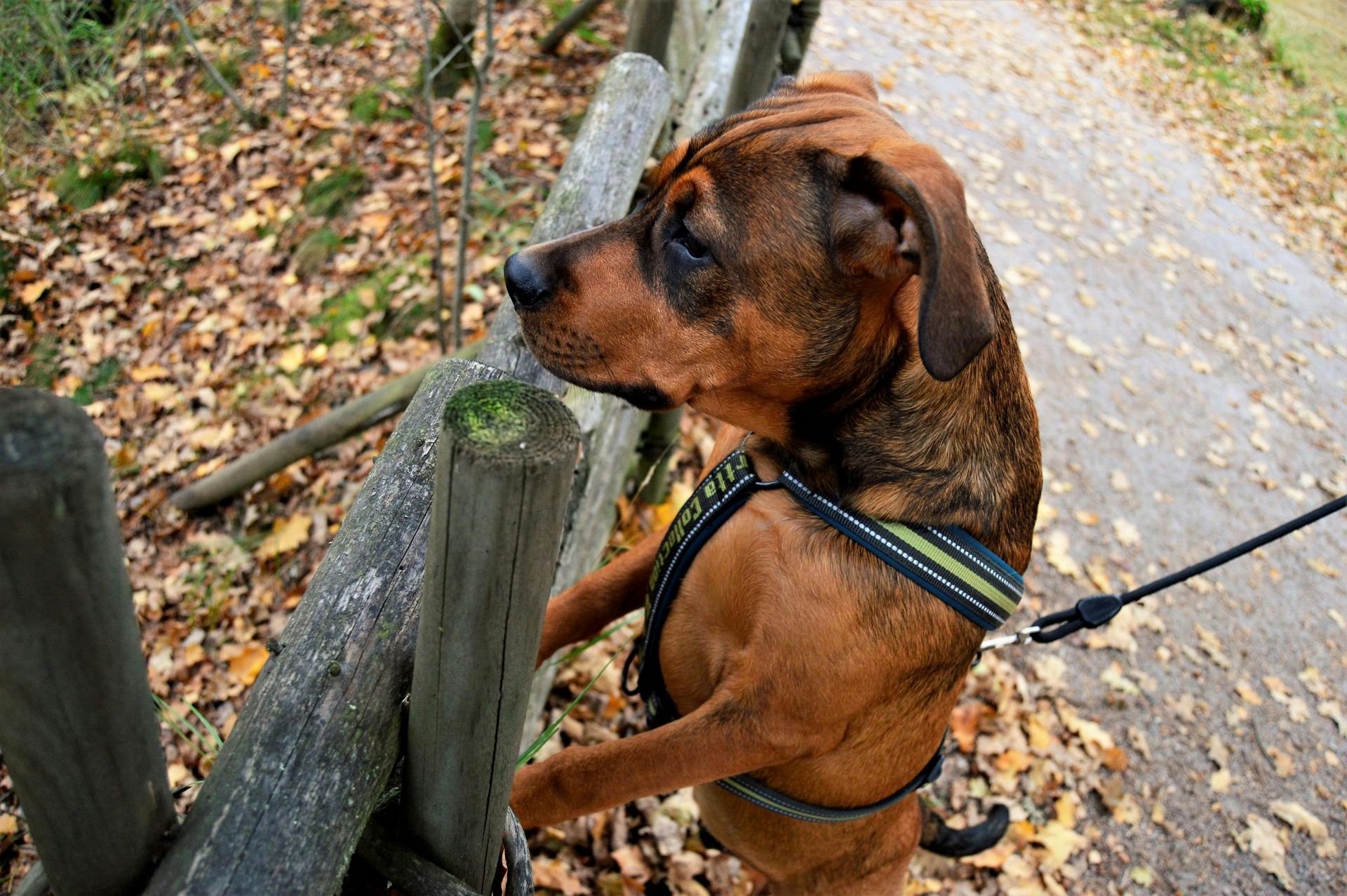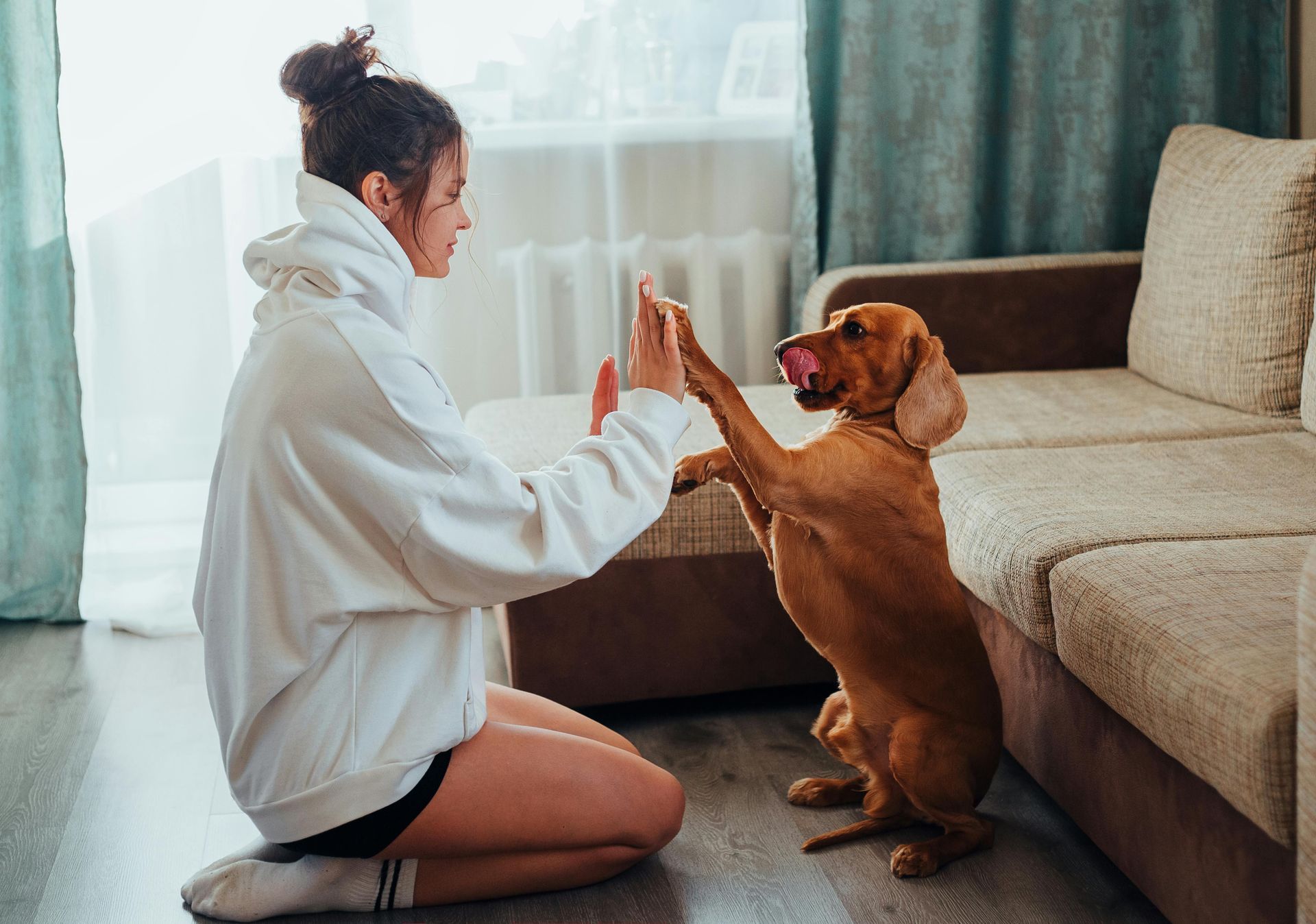Royal Library
A Practical Guide of Greeting Strangers

Introducing your dog to strangers can sometimes be a challenging task, but with the right approach, it can be a positive experience for both your dog and the new people they meet. Here’s a simple guide to help you successfully introduce your dog to strangers:
Understand Your Dog’s Temperament
Before introducing your dog to strangers, it's important to understand your dog’s temperament. Some dogs are naturally more sociable and friendly, while others may be more reserved or anxious. Knowing your dog’s personality will help you tailor your approach to their needs.
Use Positive Reinforcement
Positive reinforcement is key when introducing your dog to new people. Use treats, praise, and affection to reward your dog for calm and friendly behavior. This helps create positive associations with meeting new people.
Start with Controlled Introductions
Begin with controlled introductions in a familiar and low-stress environment, such as your home or backyard. This helps your dog feel secure and reduces the likelihood of anxiety. Invite a calm and patient friend over to meet your dog. Keep your dog on a leash if necessary during these interactions.
Allow Your Dog to Approach
Let your dog approach the stranger at their own pace. Avoid forcing the interaction, as this can increase your dog’s anxiety. Encourage the stranger to remain calm and avoid making direct eye contact or sudden movements, which can be intimidating for some dogs.
Use Body Language and Signals
Pay attention to your dog’s body language and signals. Signs of relaxation include a wagging tail, relaxed ears, and a loose body posture. If your dog shows signs of discomfort, such as backing away, growling, or showing the whites of their eyes, give them space and allow them to retreat if needed.
Practice Short Interactions
Keep initial interactions short and positive. Gradually increase the duration of the interactions as your dog becomes more comfortable. Always end on a positive note to reinforce good behavior.
Expose Your Dog to Different People
As your dog becomes more comfortable with meeting new people, gradually introduce them to a variety of individuals, including men, women, children, and people with different appearances. This helps your dog become more adaptable and less likely to be fearful of strangers.
Use Leash Control
If you’re introducing your dog to strangers in public places, use a leash to maintain control. This helps ensure the safety of both your dog and the people they meet. Keep the leash loose to allow your dog some freedom to explore, but be ready to step in if needed.
Seek Professional Help
If your dog shows signs of severe anxiety or aggression towards strangers, consider seeking help from a professional dog trainer or behaviorist. They can provide personalized guidance and develop a behavior modification plan tailored to your dog’s needs.
Conclusion
Introducing dogs to strangers can be a positive experience with the right approach. By understanding your dog’s temperament, using positive reinforcement, and practicing controlled introductions, you can help your dog feel more comfortable and confident when meeting new people. Remember to be patient, attentive, and consistent in your efforts.



